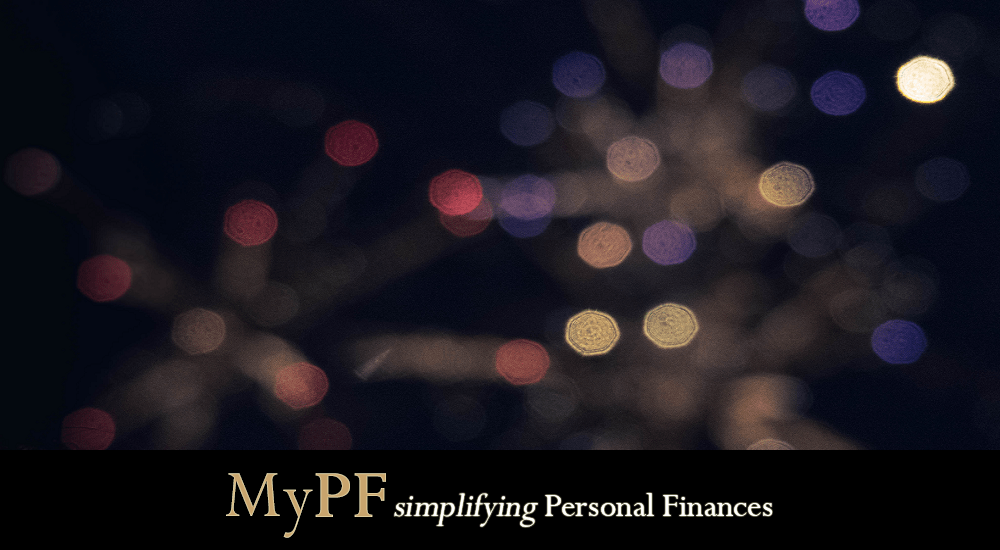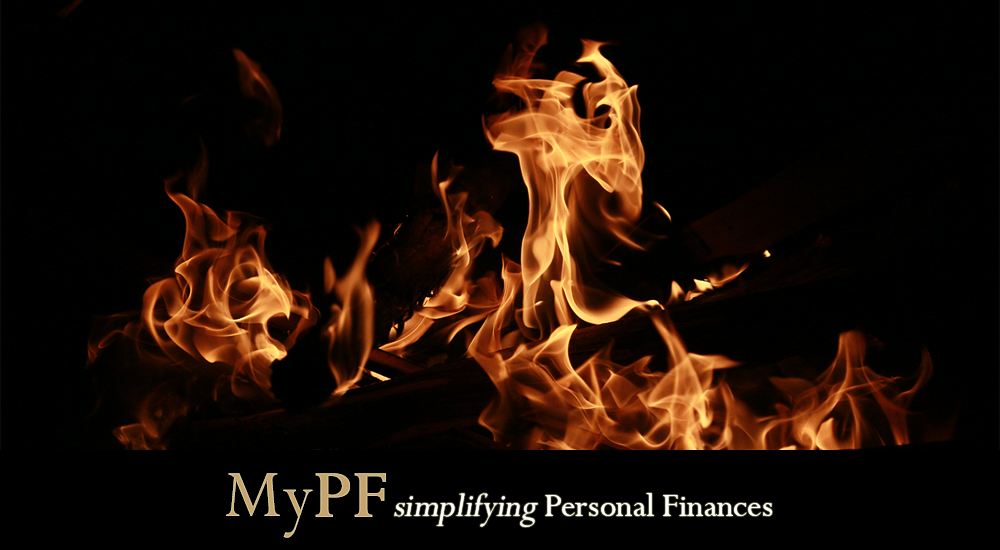Gain insight on what is FIRE and how to get there. Learn the differences between Fat, Lean, Barista, and Coast FIRE.

Most people dream of the day they clock in for the last time. In most situations, of course, we think that’s going to happen when we have a little bit more greying lines on our faces. What if you could have experienced the liberty and independence of retirement, say, thirty years ago?
Many people who have heard the term FIRE (Financial Independence, Retire Early) claim that it is only living life like a peasant and stowing away any spare cash. Yes, some FIRE practitioners go to extremes with personal financial planning, but by no way is it not a one-size-fits-all solution. FIRE, at its heart, is a lifestyle that people can live by to increase their savings while also living comfortably through smart personal money management.

Contents
What is FIRE?
The acronym “FIRE” means “Financial Independence, Retire Early.” Financial independence is not the same thing as being wealthy. In other words, it applies directly to the opportunity to cover your monthly expenses from passive investment income alone.
When you know you can choose any age at which to retire, a significant difference comes to light: you can spend much of your income on the trappings and appearance of wealth, or you can channel your income into investments that produce real wealth. Too few people realize the inverse relationship between feeling wealthy and being wealthy, but the moment you realize FIRE is an option, it becomes obvious.
Benefits of FIRE
FIRE has many advantages and its share of detractors, like any common practice. Not having to work anymore is the most obvious advantage of chasing Flames. But many of the advantages are more subtle and derive from forcing adherents to think about money differently.
The FIRE Lifestyle benefits include:
- Getting more freedom with your time. As compared to the age of 65 or 70, people who retire at 35 or 40 have more of their lives left to spend doing and enjoying the things they want to do.
- Building a passion-filled, meaningful life. It can be incredibly empowering to retire early, enabling someone to shirk the so-called golden handcuffs of a job or career; more chances to fulfil one’s true calling can be taken when making money is not the primary energy expenditure.
- Learning to work within one’s means. Among many working-age individuals who find themselves overspending as they gain more cash, “lifestyle inflation” may be a concern. The savings techniques needed to achieve early retirement and financial freedom enable their backers to learn to live frugally, which will help them save more cash in the long term, even though they do not necessarily retire early.
- Less stress. This would wipe out a big cause of stress, which could contribute not only to a more fun but also a healthier lifestyle when one accumulates enough money to live comfortably without working.

Criticisms of FIRE
The FIRE movement has its critics. Any of the following criticisms are legitimate threats that you have to overcome before you can retire. Others are merely reflexive responses to the new, the disruptive, and the distinct.
FIRE Lifestyle Drawbacks include:
- Uncertainty of the future. The future is uncertain, although many individuals pursuing early retirement map out their financial strategy well. Social services and tax systems that may be included in potential budgeting may change suddenly, and life may throw wrenches into the operation as well. Costs such as a major illness or unexpected infant, for instance, may wreak havoc on all the best-laid financial independence plans.
- Some find retirement boring indeed. While it may sound beautiful to those who are on the job to never have to go to work again some people who attain financial freedom and early retirement battle with finding out what to do with themselves. Without a job or other clear non-career ambitions, it may become hard to replace the years of doldrum without jobs.
- Finding themselves unable to join the workforce again. If someone reaches F.I.R.E. and then discovers that it is not right for them or is forced back into the workforce because of extenuating circumstances, they tend to face difficult reintegration. Without continued in-office experience, one’s skill set may not meet the needs of the economy… and it can be challenging to find work, even in the best of circumstances.
- F.I.R.E. is challenging! Even very committed supporters of the approach to financial independence and early retirement realize that the lifestyle can be demanding, both in the extreme savings methods required to achieve it and in the ways it affects everyday life. Extroverts, for example, can find it hard to forgo the consistent human contact encouraged by an office job. Others find that establishing a sense of personal identity that does not revolve around a profession is difficult.

Variations Of Financial Independence
There have been several people who have come up with variants of the trend as FIRE has gained momentum. Some argue that it makes the whole idea more inclusive. Here are the most common variations:
- Lean FIRE: This is someone who has ample passive income to cover basic needs and appears to skew towards a more thrifty, minimalist lifestyle. Some even migrate to a country with a lower cost of living in an attempt to minimize their expenses.
- Fat FIRE: This term applies to someone that has a higher standard of living and can save more than the average person, likely because of their higher-income or because they have saved longer.
- Barista FIRE: Some individuals leave their 9-to-5 but don’t touch their pension savings. Instead, they let it grow and find an additional source of revenue to cover their expenses, like a part-time job (like baristas, hence the name).
- Coast FIRE: They have enough to cover their current expenses and conventional retirement but prefer not to touch it, Coast FIRE is similar to Barista FIRE. They may have part-time jobs.

The Math Behind Early Retirement
Let’s get to the good stuff: the numbers. A few basic equations are used by most adherents of the FIRE movement to find out the sum they need to become financially stable. Next, the rule of 25 is there. It means that before retirement, you need to save 25 times your annual expenses and stick it in an investment vehicle (we’ll speak later in this guide about the various ways to generate cash flow). Say, for instance, your annual household spending is $45,000. That means that for retirement, you need to save at least $1,125,000.
Why the 25 rule? To help to enforce the 4% rule effectively. This effectively means that without depleting the principal sum, you will withdraw up to 4% of your investment portfolio each year. Assuming, in retirement, you never run out of money. How much you can withdraw from this sum after you retire is calculated by the 4% rule.
Know Your FIRE Ratio
One critical number to watch is your FIRE ratio, commonly known as a FI ratio, in addition to your savings rate. It’s the proportion of your monthly expenses that you will offset with your passive income at present. For instance, you have a FIRE ratio of 10% of your monthly expenses that exceed $4,000, and you currently have $400 coming in from investments every month.
Since you are financially independent, pop the champagne cork when your FIRE ratio hits 100%. If you wish, you can retire and never work another day. Or stay in your job if you enjoy it regardless of the paycheck.
At last, keep an eye on your distribution of assets as well. As a way to start to Burn the Flames, your investment plan should concentrate on growth at the start of your path, irrespective of short-term volatility. After all if when you’re working, if the stock market drops by 20%, it’s no skin off your back, quite the contrary because you’re buying instead of selling at this point in your career. But income stability and reliability are becoming more relevant as you get closer to retirement. You become vulnerable to the sequence of return risks without your full-time work to pay your bills.

How much sacrifice does FIRE require?
The truth is that people are expected to give up stuff in the FIRE lifestyle; the deferred gratification of putting as much of your income as possible aside so that you can gain financial stability as soon as possible does not happen easily. To accomplish that goal, in exchange for more years of financial freedom, it is important to cut back on living expenses and discretionary spending, including nights out with friends, lavish vacations, and travelling in a nice new car. It also comes at the cost of less spare time now for many FIRE professionals and more effort to gain as much as possible.
Yet many FIRE practitioners suggest it can be profoundly gratifying for the lifestyle. Yes, there are compromises, but learning to repair a leaky faucet with simple plumbing will not only save you hundreds of dollars compared to hiring a handyman or plumber, but it can also unlock your ability to do much more on your own. The lifestyle is also defined by many FIRE devotees as being physically and emotionally safe. A camping or backpacking trip with family and close friends not only costs less but can result in more amazing experiences instead of an expensive beach holiday
But how much FIRE sacrifice you and your family need to make depends on your goals, your discretionary income, and what you’re willing to give up or cut back on to get as high as possible a savings rate. Over time, it’s also possible to find that many of the items that have been painful to give up are things that you’re better off having left behind. It is worth striving for a simpler, less costly lifestyle that prioritises experiences over materialism, particularly when it helps you achieve financial freedom as early as possible.

The true worth of financial freedom is a life focused not on money but on true freedom in time, wealth, and meaningful relationships.
Are you looking to get a boost on your FIRE journey? Get a MyPF Premier membership and access to a licensed financial planner.




Leave A Comment